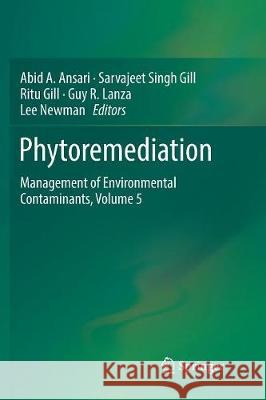Phytoremediation: Management of Environmental Contaminants, Volume 5 » książka
topmenu
Phytoremediation: Management of Environmental Contaminants, Volume 5
ISBN-13: 9783319848914 / Angielski / Miękka / 2018 / 514 str.
Kategorie:
Kategorie BISAC:
Wydawca:
Springer
Język:
Angielski
ISBN-13:
9783319848914
Rok wydania:
2018
Wydanie:
Softcover Repri
Ilość stron:
514
Waga:
0.73 kg
Wymiary:
23.39 x 15.6 x 2.72
Oprawa:
Miękka
Wolumenów:
01
Dodatkowe informacje:
Wydanie ilustrowane











